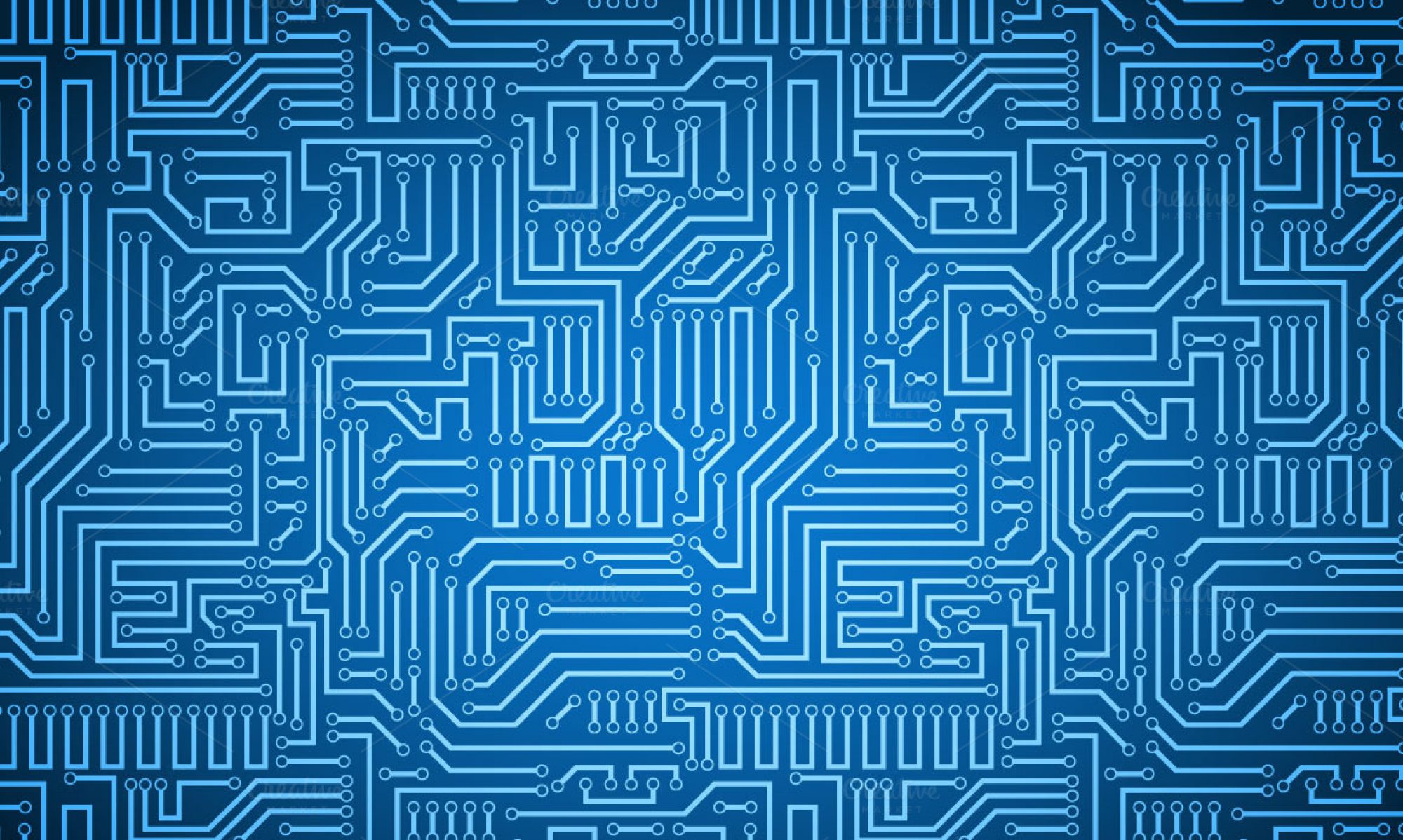The wifi ESP8266 development boards that we ordered came in. Took me a solid day of trouble shooting to finally get to the point where my MacBook Pro would recognize the existence of the ESP8266 being plugged into its USB port. The arduino IDE would not recognize the ESP board in the sketch—> ports section. Selecting the correct port is necessary to upload a sketch to the board so I scoured online forums and found that a USB to UART driver needs to be installed in order for the connection to be made. After installing and reinstalling to no avail, I eventually changed the board sketch–>board to some other board and then back to the ESP8266 and finally the IDE recognized the board. The next problem that came up was that I was getting compiling errors that were board specific. The code was syntactically correct so there was obviously some board connection issues still.
I found some other mac users online that were having the same problem. I think it had something to do with the USB-UART drivers being “signed” and the computer needing authorization to use them. I tried running a few suggested terminal commands which fixed the problem. Currently I have the blink.ino sketch running on the ESP8266 to confirm that I can successfully upload sketches to the board.
I’ve been looking at the code and immediately noticed a potential problem for using this board: all the code I’ve found so far has been written to be used in home wifi systems where there is a single SSID and password to get onto the network. At Swarthmore there is Eduroam which, requires a swarthmore account to gain access. We all have these accounts but figuring out how to code our user credentials for the ESP8266 board to get access to the internet might be a bit of a challenge.
I will be taking one of the boards home with me and I will get it working on my home network which will be a less complex process. We will have to solve the Eduroam network access problem once the spring term starts up again.
